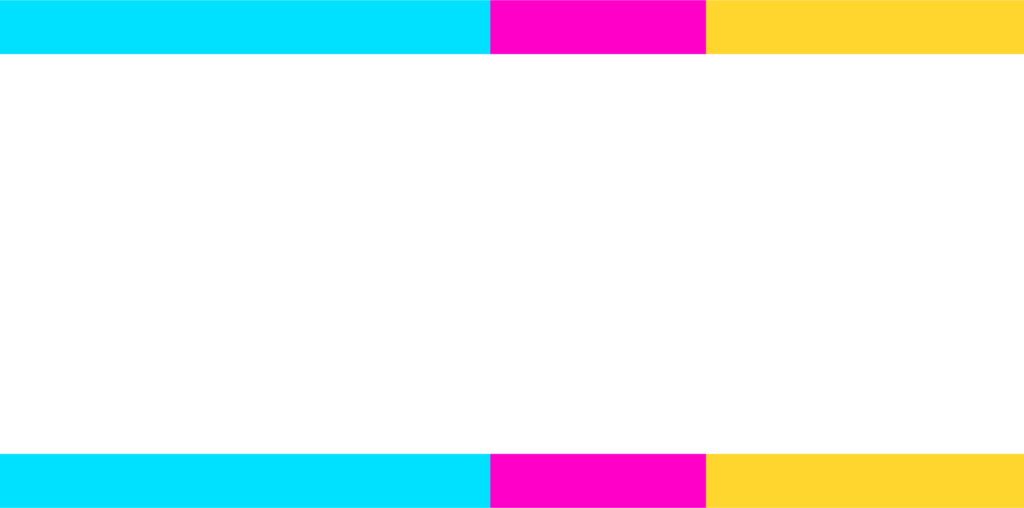Since tax revenues continue to dramatically exceed official projections, Idaho’s revenue and budget picture looks even more robust than it did just a few months ago, and policymakers should use these funds wisely to help keep our state economically strong and our people prosperous.
As of mid-May, even with all of the spending approved during the 2022 legislative session, Idaho now anticipates a $1.27 billion surplus for the budget year that ends in June. That is $965 million more than was projected as recently as late March – all of it available to fund needed programs like education to transportation infrastructure to affordable housing.
Where the Money Has Gone: Education, Roads and Tax Cuts
At the beginning of the year, lawmakers believed they were operating with a surplus of more than $1.6 billion for the budget year ending in June. By March, they had spent a large portion of that projected surplus already, and by the end of the legislative session it was estimated that there would be an ending balance of $305 million – still a sizeable sum. Since then, we’ve learned that this estimate was off the mark.
The Legislature largely passed Governor Brad Little’s Leading Idaho budget blueprint, which increased funding for schools and roads and provided income tax cuts that mostly benefited high earners. Idahoans with low and moderate incomes will see benefits from this legislative session, but due to dramatic tax cuts, higher-earning Idahoans will enjoy most of the benefits. One of the main priorities for both the governor and the Legislature was income tax cuts, which cost $568 million overall. House Bill 436 reduced personal and income tax rates and provided most Idahoans with a one-time 12 percent income tax rebate or $75 dollars per person, whichever was greater. The income tax cuts were heavily lopsided, favoring Idaho’s most affluent families. The Legislature provided incremental improvements to property tax policy, with some relatively small dollar supports for caregivers through a modest expansion to the circuit breaker program. By eliminating the charity and indigent fund property tax levy, the Legislature provided $34 million in property tax supports, replacing property tax funds with general fund dollars.
Governor Little and the Idaho Legislature also focused on education spending, funding a 12.5 percent increase to K-12 spending or $300 million in investments. Teachers can expect to see an average pay raise of about 10 percent, with a $104 million boost to the career ladder. Of that, $36.4 million came from federal coronavirus relief programs and once that federal money runs out, it is unclear if the Legislature will continue to fully fund the career ladder. School support staff such as custodians and bus drivers who keep the schools running will see a smaller average raise of about seven percent. School employees will also see improved health insurance coverage, with an additional $75.5 million to help districts pay into the state insurance plan. After years of concerted efforts from education stakeholders around the state, lawmakers approved $47 million in flexible funding that can be used for all-day Kindergarten or other early literacy boosts for grades K-3. Districts will not be required to provide all-day Kindergarten with the added funds, but most plan to implement the program.
Roads and bridges were another spending priority for the 2022 Idaho Legislature. With $500 million in additional funds for bridge repair, replacement and maintenance as well as supports to reduce the amount of the projects that need to be paid for with bonds, Idaho’s roads should be safer in the coming years. These funds come from a combination of Idaho General Fund dollars, federal American Rescue Plan Act (ARPA) supports, and the federal Infrastructure Investment and Jobs Act. Policymakers took a step in addressing Idaho’s affordable housing crunch, but on a much smaller scale. They created the Idaho Workforce Housing Trust Fund and dedicated $50 million to it. This money will help developers build affordable private market rentals for Idahoans who are working.
Revenues Continue to Exceed Projections
While this budget surplus is good for Idaho’s bottom line, it also means policy priorities such as more robust housing investments, education funding, and targeted tax relief such as an Idaho Working Families Tax Credit were not considered in the context of these additional available revenue.


